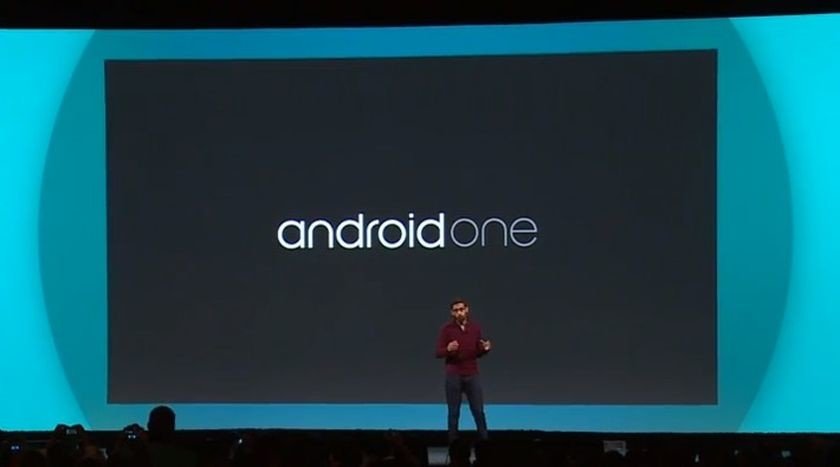
Earlier this week, Android fans in the US got alerted to a rumor that came as a bit of a surprise. An unconfirmed report from The Information claimed that Google wants to expand its budget-focused Android One phone program into the US sometime in mid-2017. The same report claims Google will help promote this launch by funding a big ad campaign for this first US-based Android One Phone.
Assuming this report is accurate (and to be fair, Google has not confirmed or denied this story yet), it is a little surprising, at least on the surface, that the company might make this move for at least two big reasons. One is that the Android One program originally launched as a way to provide cheaper smartphones for people in developing countries, and not in the bigger markets like the US. The other reason is that there are already a ton of cheap unlocked Android phones that consumers in the US can choose from, so a budget-priced Android One device would face a lot of competition in this country right off the bat.
Yet there are perhaps other reasons below the surface that might support such a move by Google. Before we get into them, here’s a very quick history of the Android One program.
In June 2014, Google first announced the Android One program as part of its annual I/O developer conference. As explained at the time by Android’s leader (and now CEO of Google) Sundar Pichai, the company’s idea was to work with OEMs to launch high-quality Android phones at affordable prices for developing markets. While these phones would be made and sold by third-parties, they would use a stock version of Android that would be updated directly, and regularly, by Google itself, bypassing the usual carrier updates that could cause long delays between crucial software updates.
Pichai said at the time the first Android One phones would launch in India later that year, and would be priced at around $100. Indeed, those phones from companies like Karbonn, Micromax, and Spice launched that September at that price point in India. All of them shared the same hardware specs, including a 4.5-inch display, 1GB of RAM, 4GB of storage and ran Android 4.4 KitKat.
At first, the news was good, with predictions that these first Android One phones would sell up to two million units by the end of 2014. The first phones got updated to Android 5.1 Lollipop in early 2015, and more of these kinds of phones started to go on sale in the Philippines, Pakistan and Turkey, with expansions into other parts of Europe. However, it was revealed later that the actual sales numbers from India came in at well below expectations, with about 800,000 units sold in its first year.
[Source:- Androidauthority]










